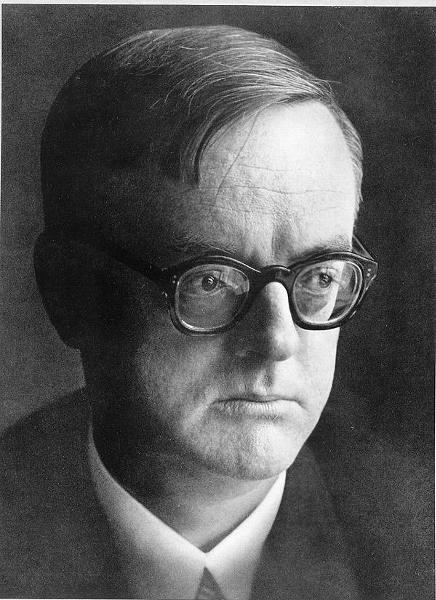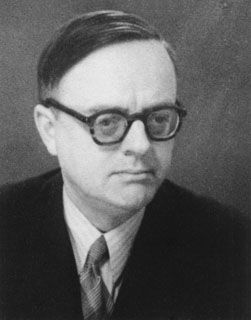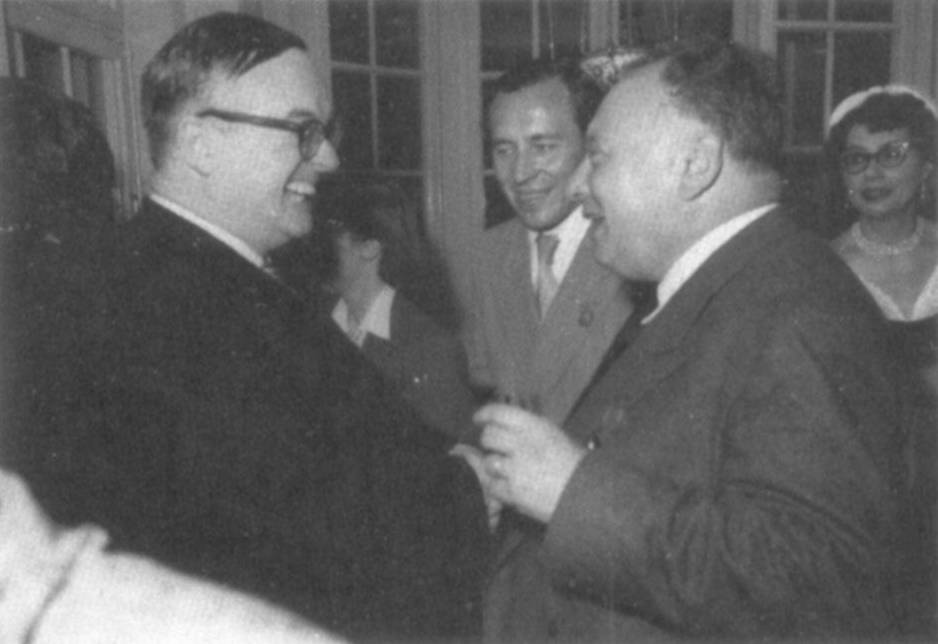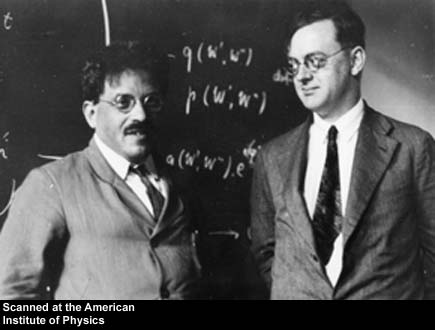<Back to Index>
- Physicist Pascual Jordan, 1902
- Writer Bernd Heinrich Wilhelm von Kleist, 1777
- King of Siam Rama IV, 1804
PAGE SPONSOR



Pascual Jordan (b. 18 October 1902 in Hanover, German Empire; d. 31 July 1980 in Hamburg, Federal Republic of Germany) was a theoretical and mathematical physicist who made significant contributions to quantum mechanics and quantum field theory. He contributed much to the mathematical form of matrix mechanics, and developed canonical anti commutation relations for fermions. While the Jordan algebra he invented is no longer employed in quantum mechanics, it has found other mathematical applications.
Jordan joined the Nazi party and became a brownshirt, a political affiliation which isolated him within the physics community. An ancestor of Pascual Jordan named Pascual Jorda
was a
Spanish nobleman and cavalry officer who served with the British during and after the Napoleonic Wars. Jorda eventually settled in Hanover, which in those days was a possession of the British royal family.
The family name was eventually changed to Jordan (pronounced in the
German manner, "YOUR-dan"). A family tradition dictated that the first born son in each generation be named Pascual. Jordan enrolled in the Hanover Technical University in 1921 where he studied an eclectic mix of zoology, mathematics, and physics.
As was typical for a German university student of the time, he shifted
his studies to another university before obtaining a degree. Göttingen University, his destination in 1923, was then at the very zenith of its prowess and
fame in mathematics and the physical sciences. At Göttingen Jordan
became an assistant first to mathematician Richard Courant and then to physicist Max Born. Together with Max Born and Werner Heisenberg he was co-author of an important series of papers on quantum mechanics. He went on to pioneer early quantum field theory before largely switching his focus to cosmology before World War II. Jordan devised a type of non-associative algebras, now named Jordan algebras in his honor, in an attempt to create an algebra of observables for quantum mechanics and quantum field theory. Today, von Neumann algebras are employed for this purpose. Jordan algebras have since been applied in projective geometry and number theory. Jordan joined the NSDAP (Nazi Party) in May 1933. The following November he joined the Sturmabteilung (SA) — the brown - shirted storm troopers. He enlisted in the Luftwaffe in 1939 and worked for a while as a weather analyst at the Peenemünde rocket
center. During the war he attempted to interest the party in various
schemes for advanced weapons, but these were ignored because he was
considered "politically unreliable," probably because of his past
associations with Jews (in particular: Courant, Born, and Wolfgang Pauli) and "Jewish Physics"
(this stigma also followed Werner Heisenberg for some time under the
Nazis). Had Jordan not joined the Nazi party, it is conceivable that he
could have shared the 1954 Nobel Prize in Physics awarded to Max Born. Wolfgang
Pauli declared Jordan "rehabilitated" to the authorities some time
after the war, allowing Jordan to regain academic employment after a
two year period and then recover his full status as a tenured professor
in 1953. Jordan went against Pauli's advice, and reentered politics
after the period of denazification came to an end under the pressures of the Cold War. He secured election to the Bundestag standing with the conservative Christian Democratic Union. In 1957 Jordan supported the arming of the Bundeswehr with tactical nuclear weapons by the Adenauer government, while the Göttinger 18 (which included Born and Heisenberg) issued the Göttinger Manifest in protest. This and other issues were to further strain his relationships with his former friends and colleagues.

